Transform your table settings into stunning displays with DIY centerpiece ideas that elevate your decor effortlessly. Whether you’re hosting a special occasion or simply enhancing your everyday ambiance, crafting your own centerpieces offers a personalized touch that’s both creative and cost-effective. From elegant floral arrangements to minimalist designs, there’s a DIY option for every style. Discover how to channel your inner decorator and bring a unique flair to your tablescapes, making every gathering memorable. This guide walks you through the essentials, providing step-by-step tips to help you create centerpieces that wow, regardless of the occasion or theme.
Key Takeaways
– Avoid Common Mistakes: Steer clear of strong fragrances, unstable or heavy items, live animals, flammable decor, oversized pieces, and breakables to ensure safety and functionality.
– Rule of 3 Design Tip: Use three elements for a balanced, visually appealing centerpiece that enhances proportion and reduces clutter.
– Popular Choices: Opt for floral arrangements, candles, personalized items, tabletop accents, or lighting displays to elevate your DIY centerpiece ideas.
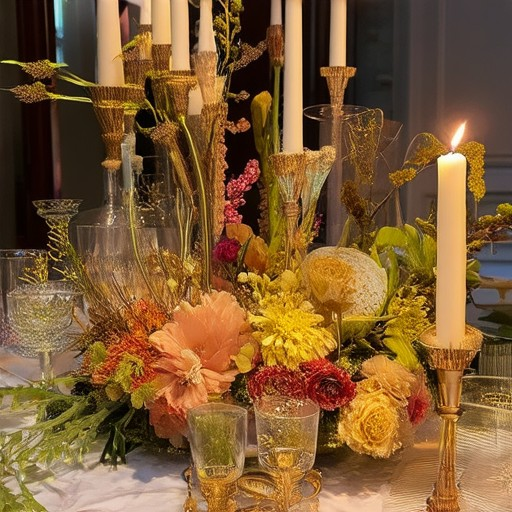
Is It Cheaper to Make Your Own Centerpieces?
Creating your own centerpieces can seem like a budget-friendly option, but it’s important to weigh the costs and benefits carefully.
- Materials Cost: Purchasing flowers, vases, lanterns, and other decor items can be expensive, especially in bulk. The quality and quantity needed may vary depending on the event size.
- Time and Effort: DIY projects require significant time investment, particularly if you’re inexperienced with floral arrangements. This time could be better spent on other preparations.
- Labor Costs: Hiring a florist provides professional expertise, saving you time and ensuring high-quality results. Their services often include design, arrangement, and setup, which can be more efficient than DIY efforts.
- Risk of Mistakes: Without prior experience, there’s a higher chance of errors in design or execution, potentially leading to less-than-ideal outcomes. Florists have the experience to manage such risks effectively.
- Design Variety: Florists typically offer a broader selection of styles and color schemes, which can be challenging to replicate on your own, especially if you’re aiming for a specific theme or aesthetic.
While DIY centerpieces may save money initially, the cumulative costs of materials, time, and potential mistakes often outweigh the savings. Professional florists can offer a more polished and varied approach, balancing aesthetics with practicality for your event.
Simple Ideas for Centerpieces
Here are some simple yet elegant centerpiece ideas that can transform your table settings:
- Mason Jar Centerpieces
Fill a small mason jar with colorful sand, rocks, or glitter, and place a single candle inside. Add a few sprigs of dried flowers or herbs around the base for texture. - Floating Candle Arrangements
Create a serene atmosphere with floating candles placed in glass bowls or crystal-clear containers. Add a few leaves or petals floating around the candles for a natural touch. - Succulent Displays
Arrange small succulents in a terracotta pot or a wooden box. Place a tiny stone or gravel at the bottom to hold water, and add a few drops of essential oils for a fragrant twist. - Seasonal Touches
Incorporate seasonal elements like pumpkins, wreaths, or Christmas ornaments during fall and winter celebrations. Use these items as the base for your centerpiece and decorate with twinkle lights or ribbons. - Paper Fans
Make paper fans with vibrant colors and patterns, and attach them to a stick or ribbon to form a fan-shaped centerpiece. You can also write a personal message or date on each fan. - Candle Holders with Crystals
Place candles in holders made of crystals or clear glass, and surround them with polished stones or crystals to create a glowing effect. This adds a touch of elegance to any occasion. - Miniature Gardens
Create a miniature garden with tiny plants, flowers, or vegetables in a small container. Add a few pebbles or a small bridge to mimic a real garden scene. - LED Candle Centers
Use LED candles for a modern and safe centerpiece option. Place them in transparent containers with water or sand, and add floating flowers or decorative objects. - Photo Frame with Lights
Place a framed photo of the event or a significant moment in a decorative frame. Surround it with fairy lights or LED strands to create a warm and intimate ambiance. - Whimsical Filler Items
For a child’s party, try using lollipops, drink bottles, or paper pom-poms as fillers. These items can be arranged in a colorful display to match the party theme. - Layered Glassware
Use layered glasses filled with colored liquids or candies to create a visually striking centerpiece. Add a small flower or a piece of artwork in the center for extra flair. - Interactive Elements
Incorporate interactive elements like a puzzle or trivia card attached to the centerpiece. Guests can solve the puzzle or answer questions to reveal a hidden surprise. - Natural Elements
Gather natural elements like driftwood, seashells, or feathers to create a coastal-themed centerpiece. Arrange these items in a bowl or on a plate and add a small candle or lantern in the center. - Colorful Tinsel
Sprinkle colorful tinsel or confetti over a simple base like a plate or mirror. Use a small vase or bowl to hold the tinsel, and add a few flowers or candles to complete the look. - Personalized Tags
Attach personalized tags or notes to each centerpiece item, sharing a fun fact or trivia about the object. This adds a unique and engaging element to your decor.
These ideas provide a mix of practicality and creativity, allowing you to customize your centerpieces to suit any occasion or style.
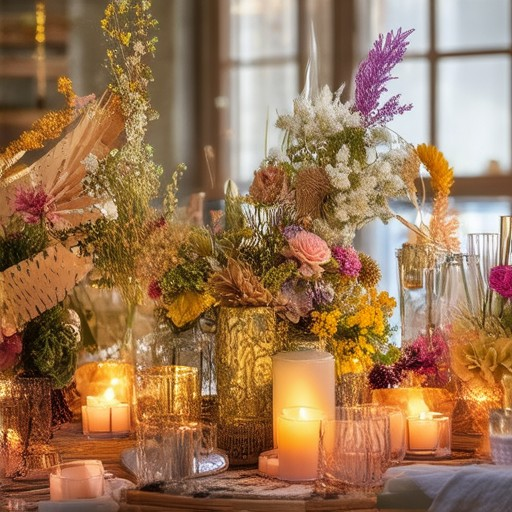
What Are the Six Types of Centerpieces?
The term “centerpiece” refers to a decorative item placed in the center of a table, often used during meals or special gatherings. Here are six common types of centerpieces:
1. Floral Centerpieces
Floral centerpieces are the most traditional type, featuring fresh or artificial flowers arranged in a vase or bowl. They can be simple or elaborate, depending on the occasion and available resources.
2. Fruit Centerpieces
Fruit centerpieces are typically decorative displays of whole fruits like melons, pineapples, or grapes. These are often used for formal events due to their elegant appearance.
3. Candle Centerpieces
Candle centerpieces are popular for creating ambiance during dinner parties or romantic settings. They may include multiple candles arranged in a specific design, often housed in glass or metal containers.
4. Crystal or Glass Centerpieces
Crystal or glass centerpieces are known for their ability to reflect light, adding a touch of elegance to any table setting. These can be standalone pieces or used to hold smaller items like flowers or candles.
5. Metal Centerpieces
Metal centerpieces are less common but can be striking additions to a table. They may be sculptures, vases, or other metalwork designs, ranging from minimalist to highly ornate.
6. Edible Centerpieces
Edible centerpieces are decorative food items that double as table decorations. Examples include tiered cakes, fruit pyramids, or chocolate displays, perfect for dessert tables or special occasions.
These types of centerpieces cater to various styles and occasions, ensuring there’s a suitable choice for any event or decor preference.
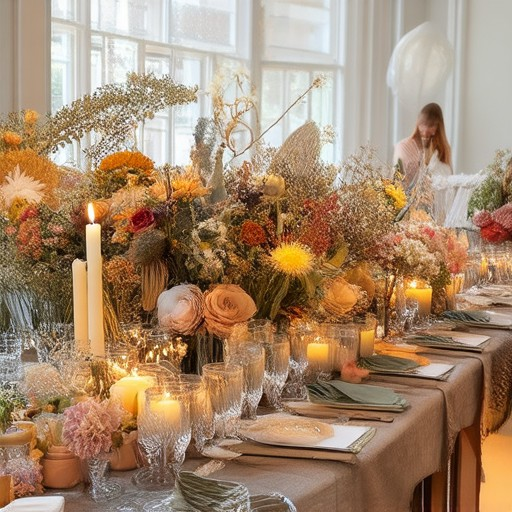
What Should Not Be Used for a Table Centerpiece?
When selecting a centerpiece for your table, it’s important to consider several factors to ensure it enhances the ambiance without causing issues. Here are some items that should not be used:
- Strong Fragrances: While flowers with heavy scents may be beautiful, they can overpower the room and interfere with guests’ ability to enjoy their meal. Some fragrances can also trigger allergies.
- Unstable or Heavy Items: Choose centerpieces that are secure and won’t tip over easily. Heavy objects can be dangerous if they fall, especially during or after the meal.
- Live Animals: Avoid using live animals as centerpieces. They may scare guests or require constant attention, which can be disruptive.
- Flammable Items: Candles and other flammable decor can pose a fire hazard, especially if placed near curtains or other flammable materials.
- Too Tall or Wide: A centerpiece that is too tall or wide can obstruct views and make the table look crowded. Opt for pieces that fit proportionally with your table setting.
- Breakable or Sharp Objects: Avoid using glassware, fragile ceramics, or sharp objects that could break or cause injury.
To ensure your centerpiece is both safe and visually appealing, consider the size, weight, and material of your choice. Non-breakable options like resin or composite materials are ideal for a worry-free centerpiece.
For more creative ideas and tips, explore the Pravylo Project’s collection of DIY projects and crafting tutorials. Our guides can help you create a stunning centerpiece that aligns with your event’s theme and style.
Visit us at PravyloProject.com to discover our latest projects and get inspired!
What is the Rule of 3 for Centerpieces?
The Rule of 3 in interior design suggests that arranging three objects together creates a balanced and visually appealing composition. When applied to centerpieces, this principle ensures that the arrangement feels harmonious and avoids clutter.
Key Points:
- Balance and Symmetry: Grouping three items together creates a sense of equilibrium, making the display look intentional and polished.
- Visual Appeal: The human eye tends to find compositions with three elements more attractive, as it aligns with our natural perception of balance.
- Practicality: Three pieces often fit well within standard table settings, ensuring the centerpiece doesn’t overwhelm the space.
Benefits of the Rule of 3:
- Reduces Clutter: Focusing on three items prevents the centerpiece from becoming too busy or chaotic.
- Enhances Proportion: The Rule of 3 helps maintain a proportionate scale between the centerpiece and its surroundings.
- Creates Interest: A trio of items adds depth and dimension to the space, drawing the eye and creating a focal point.
Examples of the Rule of 3 in Practice:
- A centerpiece consisting of three vases arranged vertically along the table’s center.
- Three decorative plates placed symmetrically around a candle.
- A trio of artistic bowls or sculptures placed at varying heights on the table surface.
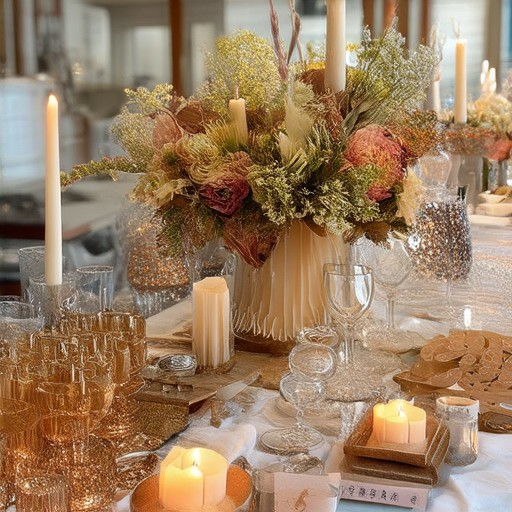
What is the Most Popular Form of Centerpiece?
The most popular form of centerpiece varies depending on the event or space, but among the most common types, floral arrangements consistently stand out as a favorite. Whether for weddings, parties, or home decor, flowers bring elegance and life to any setting. However, other notable options include:
- Floral Arrangements: Fresh flowers, orchids, roses, and succulents are highly sought after due to their vibrant colors and long-lasting beauty. They are perfect for formal or casual events alike.
- Candles: Elegant and versatile, candles add a soft glow to any table setting. Whether scented or unscented, they create a calming ambiance that enhances the overall atmosphere.
- Personalized Pieces: Custom-made centerpieces, such as engraved glassware or hand-painted ceramics, offer a unique touch and become lasting keepsakes. These are particularly popular for milestone celebrations or themed events.
- Tabletop Decorations: Items like decorative plates, bowls, or vases filled with seasonal fruits, nuts, or candles can transform a simple table into a visually stunning centerpiece.
- Light Displays: For outdoor events, string lights, lanterns, or hanging decorations often serve as striking centerpieces, especially during holidays or evening gatherings.
Each of these options caters to different preferences and event styles, making them versatile choices for various occasions. To explore more ideas, check out our DIY Guides and Craft Tutorials sections for step-by-step instructions and inspiration.

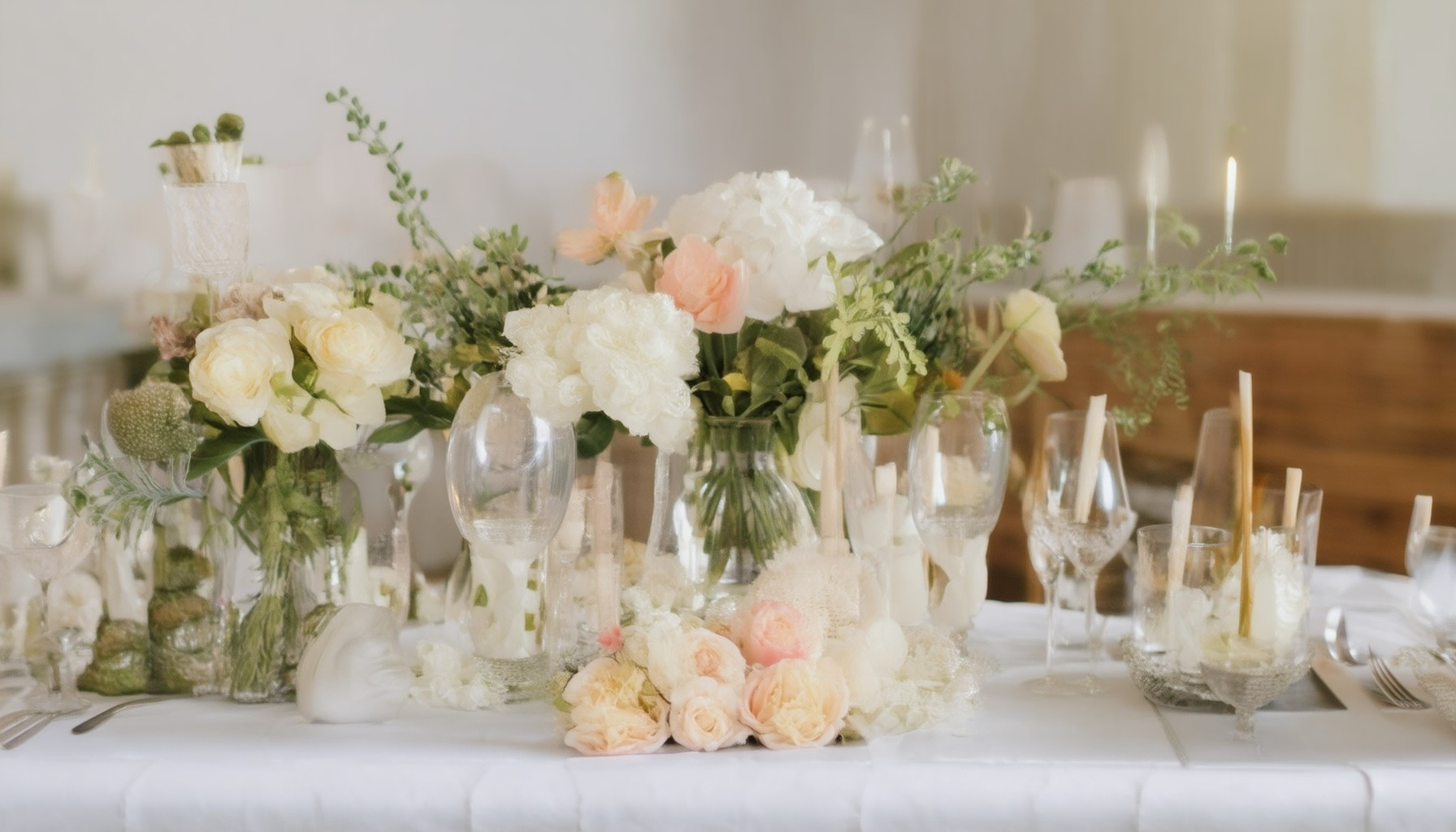
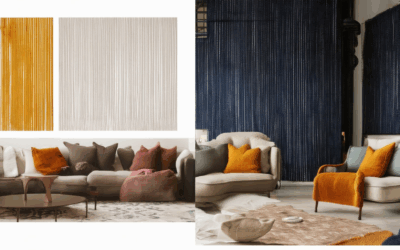
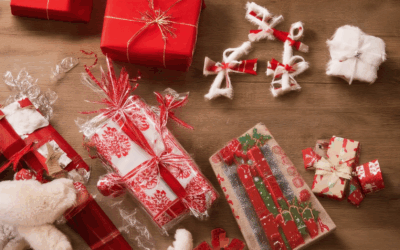
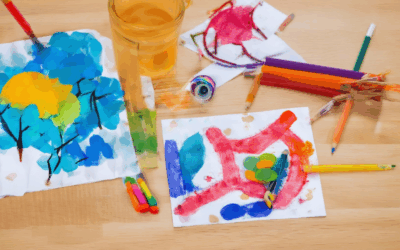
0 Comments